Twelve years ago, I discovered The Hare with the Amber Eyes, a memoir by celebrated British ceramist Edmund de Waal, in a book store in Edinburgh. It was another year before I read it and it became my all-time favourite book. Over the years, I have gifted it to friends, family, those I met at work and oftentimes to complete strangers. I’ve given away over 300 copies to a mix of people whose lives, in turn, have been enriched by its story — of inheriting 264 Japanese netsuke (carved wood or ivory figures, used as toggles to attach a pouch to a garment) collected by Charles Ephrussi, a beloved great-uncle, and its intermingling with the history of his family, which survived World War II by migrating across the globe. De Waal is the great-grandson of Viktor von Ephrussi, a banker in Vienna who fled the city after Hitler incorporated Austria into the Third Reich in 1938.
Back then, De Waal took a break from his commitments to research, travel and visit the sites of his Jewish family’s fortunes/misfortunes. Their displacement is tied to that of the netsuke collection, which moved through people and cities. It took seven years of research before the book was published in 2010. Since then, the “story of not just anti-Semitism and racism”, as he stated in a The New York Times interview, “but of polarization, and treatment of exiles, and migration”, has been translated into over 30 languages and had a phenomenal print run of over two million copies.
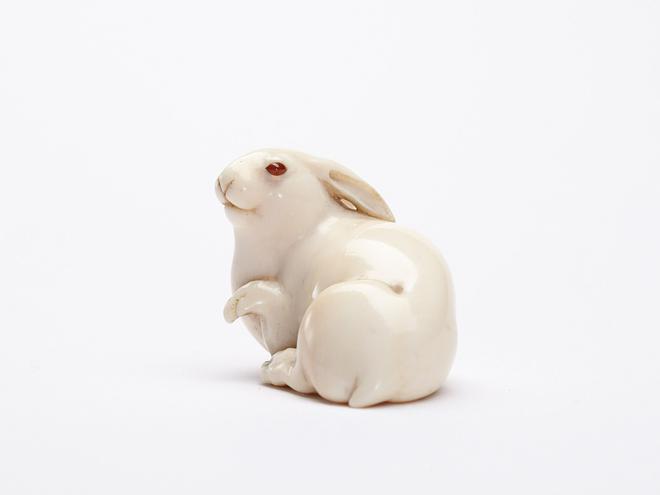
A decade later, during the pandemic, De Waal, who was recently awarded the Isamu Noguchi Award (which recognises individuals with the spirit of innovation and creativity), decided to write another book, Letters to Camondo. Featuring several people from The Hare, this too uses objects — the art and artefacts assembled by Count Moïse de Camondo, Charles Ephrussi’s neighbour, in 20th-century Paris — to tell a tale that explores the Jewish legacy of its characters. Their othering in various cities where they establish their immensely successful businesses as well as memories are evoked and investigated.
The book is written as a series of 58 imaginary letters to Camondo, telling the story of his life and death, his house and collections, his world and what became of it. During the pandemic, De Waal says he used to talk aloud to Camondo in his studio, and laughs as he tells me he was really lucky that no one was there. I got a chance to meet De Waal earlier this year in Jaipur, after having been to Vienna where the major part of the story is based — seeing the building and the cafe mentioned in the book — and we conversed at length. Edited excerpts:
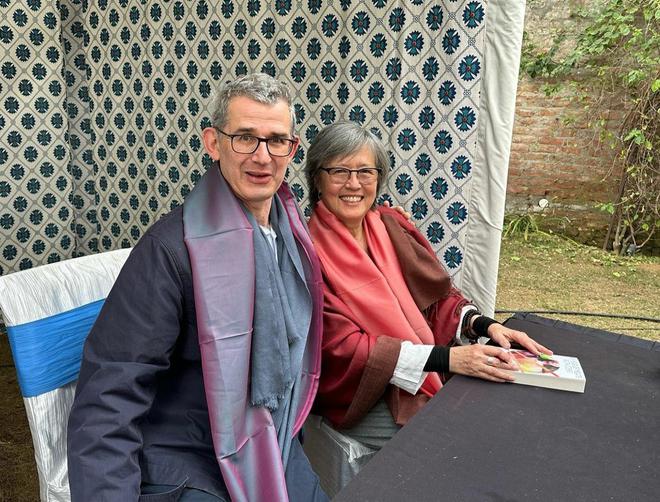
Excavating history requires a certain mindset and rigour. How did this work for you?
I’m obsessional by nature. It takes on many forms for me, so whatever I take on I have to finish. The inheritance of these objects from my great-uncle, where they had been and the ramifications of that, I had to know. Even though I told myself it would be a few months, it took seven years — in libraries and archives, but more than that, tramping the streets of Odessa, Vienna, Paris and Tokyo in search of this story.
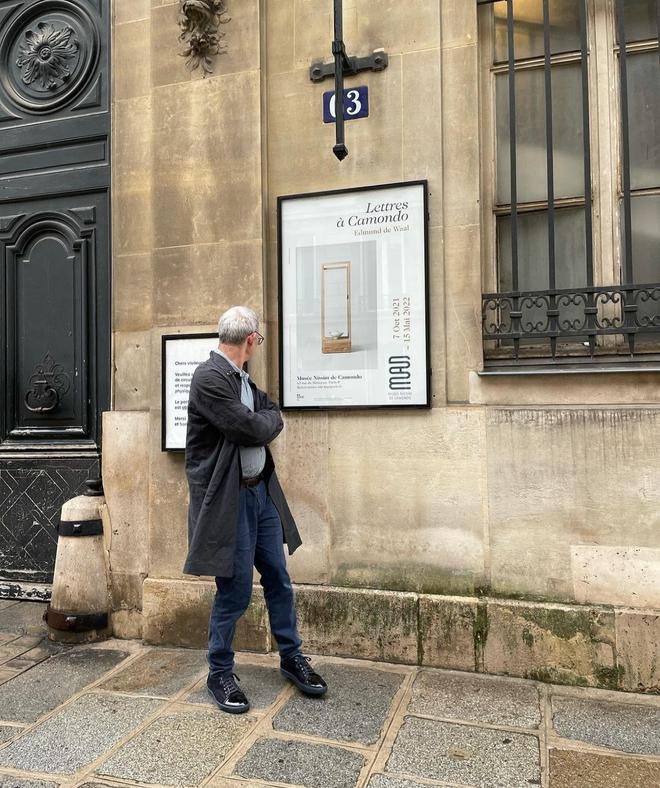
How did you separate yourself from the pain of othering of the Jewish diaspora?
When you are researching, you are writing things down. In my case, touching things, seeing places and buildings. And then there are moments that are really profound, your sense of reality of what happened, and just how terrifying these ruptures that happened in society were. In Paris and Vienna in 1938-39, that is when the othering happened. The absolute terror when you know your friends are looking right through you. You are seen as someone who does not belong — not as a friend, neighbour or colleague. These moments continue to happen for the Jewish community throughout [both] the books.
How close can an author get to historical truth through memory, archives and stories?
It is completely layered. My manifesto was that if others who preceded me have been so careful about the collection I have inherited, I have to be equally careful in turn. [So] check, check, check. Stories from my father, grandmother and grand-uncle were always in flux. Stories change and are contingent to the truth people tell — what matters in that context and time. I have to tell the story with the commitment as a writer, so I have to hold these different truths in a powerful threshold. Liminality, for me, is the ability to look both ways: backwards and forwards. A consequential attempt to understand the truth.
Both books talk about collections, whether they are at museums or dispersed.
There is a beautiful tension of putting things together and holding them together. My great-grandfather Viktor collected incredible 16th and 17th century books. Charles Ephrussi, the original collector of the netsuke, who was my great-grandfather’s cousin, got them for his family. You collect for your family, your community, your city or your country, but they will eventually fall apart. What are you handing on, ultimately? There is also the question of the person who inherits and who asks: ‘What am I really receiving and why?’ Collectors are a really important trope of people.
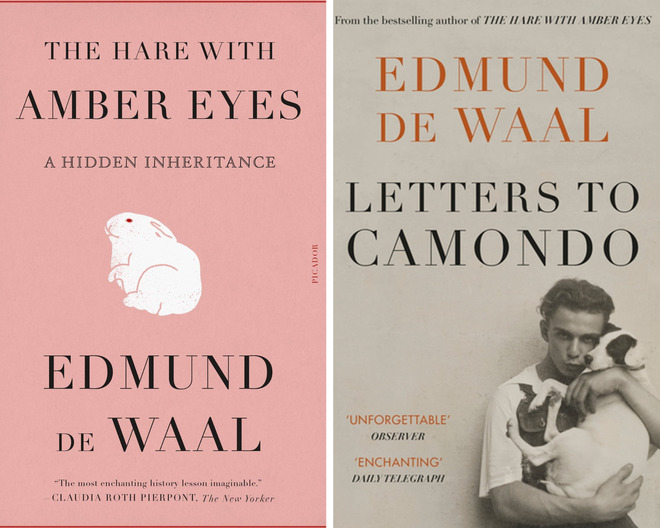
What about your ceramic work?
I try to make them inspired by my mood and the music I listen to and foolishly attempt to hope that they will be kept together as a collection. They could be broken, be de-acquisitioned in the museum or go into storage. I feel that I cannot control anything except the process of making them.
The joy of writing vs. the joy of throwing pots.
They are both equally important to me. The making of pots is an iterative immersion, very close to the music I listen to. It is a way for me of pacing the world. Writing is a passionate, powerful immersion. One centripetal and the other centrifugal, and both are necessary; they are my two loves. Vagabonding is something I love to do. Call it as ‘rag-picking’, looking at ideas and projects that continue to inspire me. At the moment, the various piles of paper in my library are for a late autumn show with Sally Mann, an American photographer in New York City; a show in Dresden on memorials; and a book on psalms as poetry [songs of exile] through which I hope to understand my complicated half-Jewish, half-Christian upbringing.
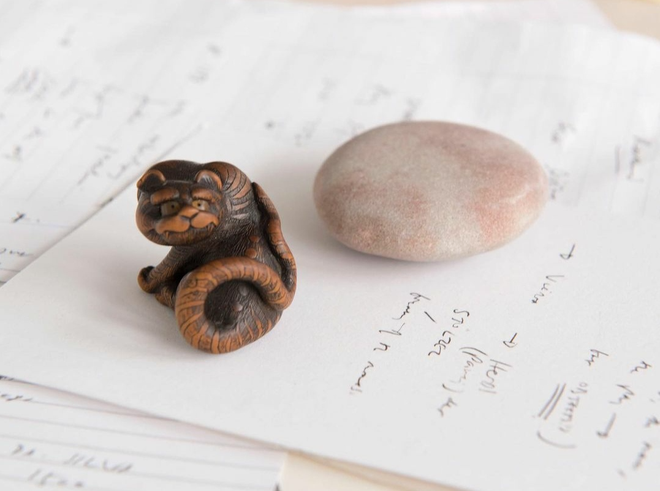
What have the books done for you?
I feel much more vulnerable. Walking in the footsteps of these people has made me more painfully aware of being a refugee and being in exile. I did a Library of Exile at the Venice Biennale three years ago in honour of my great-grandfather’s library looted by the Nazis in Vienna. It’s a library of over 2,000 books in different languages written by people forced into exile. With an ex-libris plate where people could claim it to be their story. This exhibition travelled to Dresden, British Museum, and now it has been donated to Mosul, Iraq, where their library was bombed. It’s a travelling library. There are communities even in one’s own country where one feels exiled.
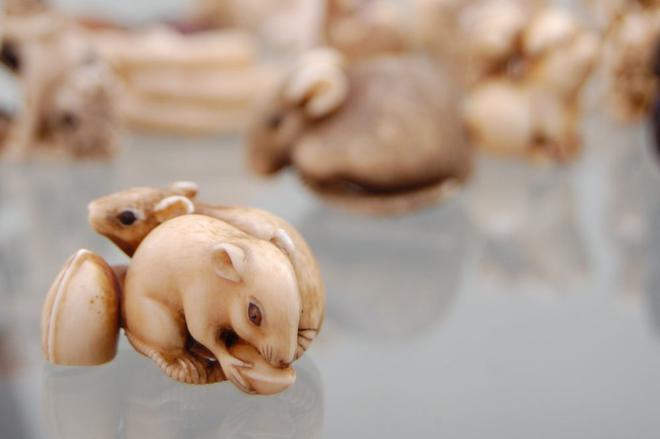
This extraordinary brokenness is all we have. In the end, we are all fractured, multiple personalities that can love more than two places at once. This is my true legacy.
The writer is cultural activist, philanthropist, and founder of Prakriti Foundation.







